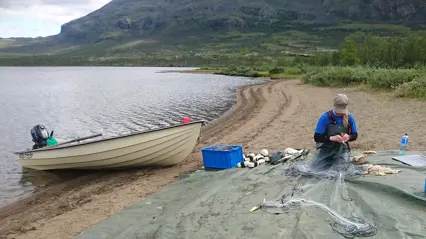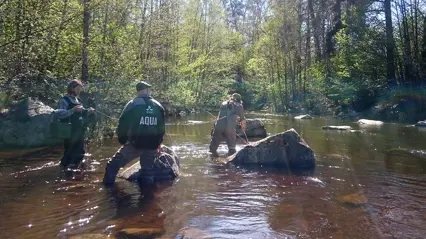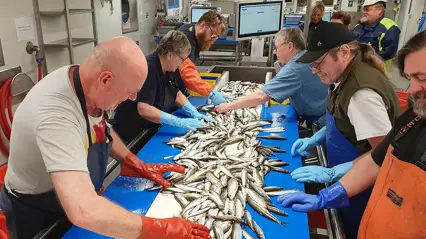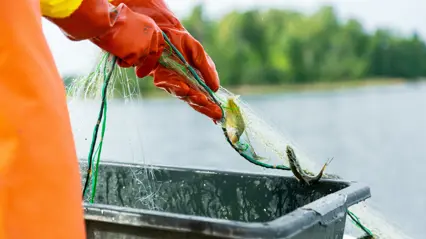Environmental monitoring and data collection

Environmental monitoring along the coast
We monitor fish along the coast to track environmental changes and assess human impact.

Environmental monitoring in lakes
Fish are an important indicator of environmental health – we monitor developments in lakes across the country.

Environmental monitoring in watercourses
We map salmon, trout, and other fish species living in flowing waters – from mountain streams to rivers.

Data collection for DCF
We provide data on fish stocks and catches – to support the EU's Common Fisheries Policy.

Effects of thermal discharges
We conduct aquatic ecosystem monitoring outside Sweden’s nuclear power plants and at the Värö Bruk paper mill to assess the effects of thermal discharges.
Our data collection in practice
Here you will find SLU Aqua’s toolbox for data collection – from fish surveys and age analysis to eDNA and sailing drones.